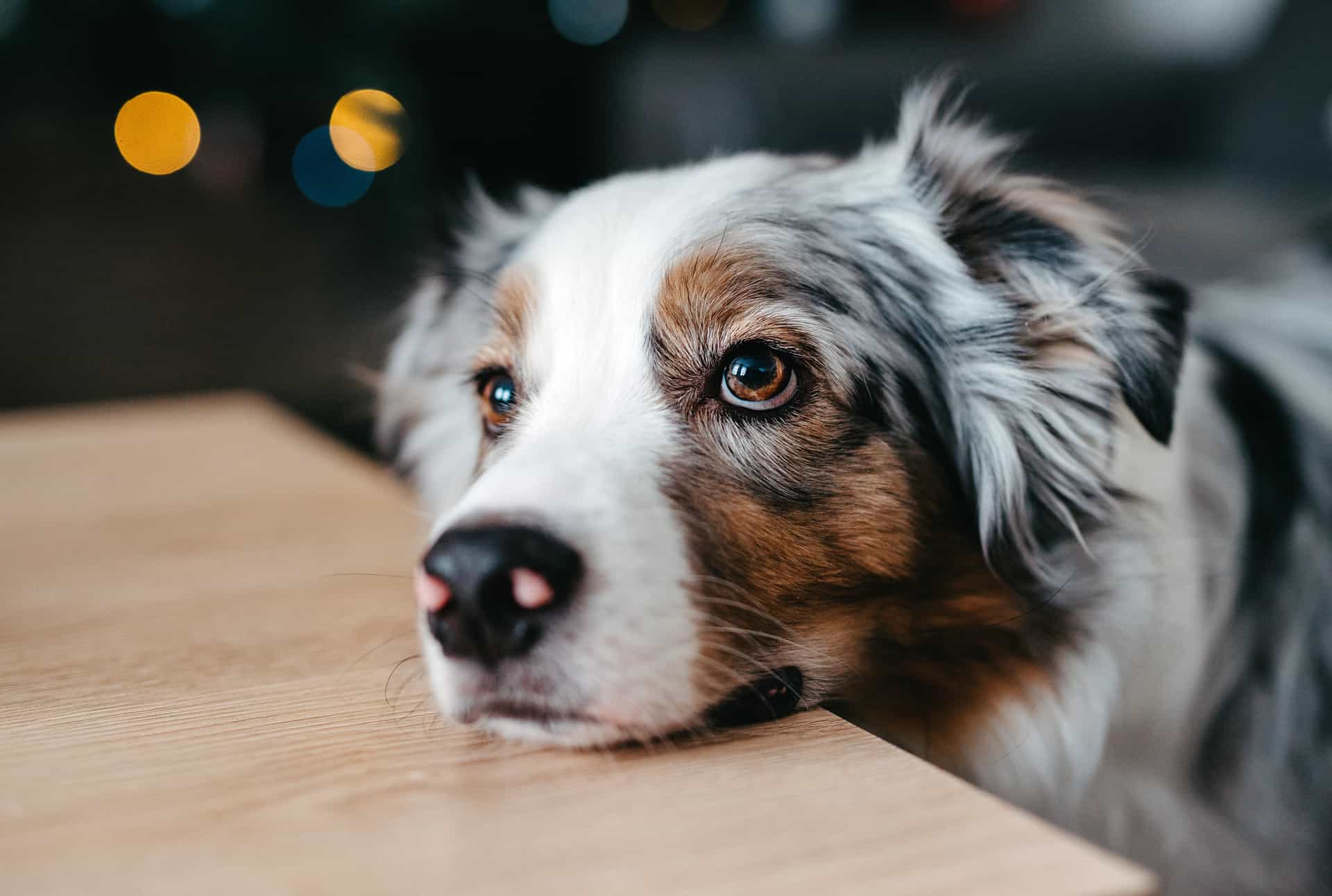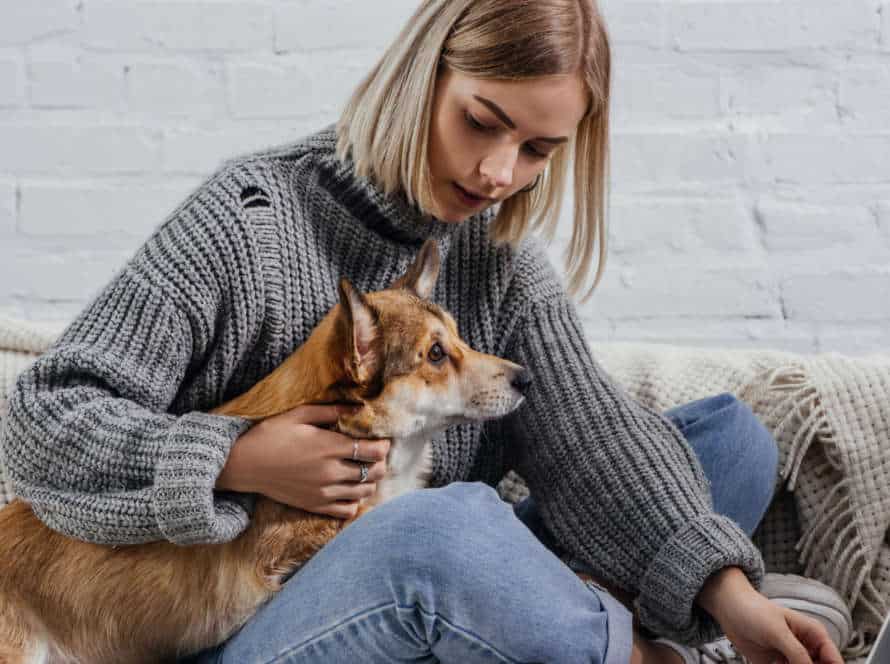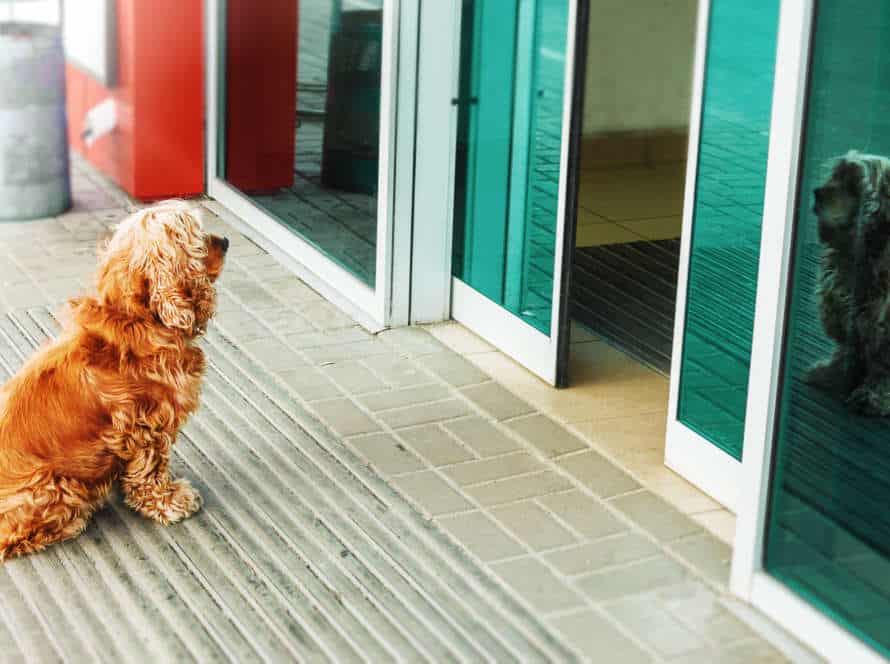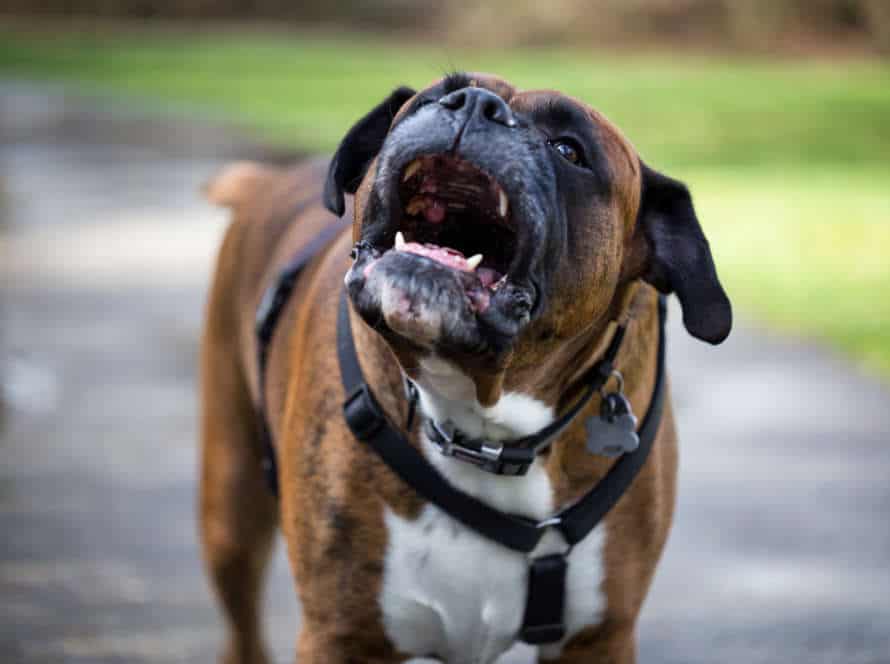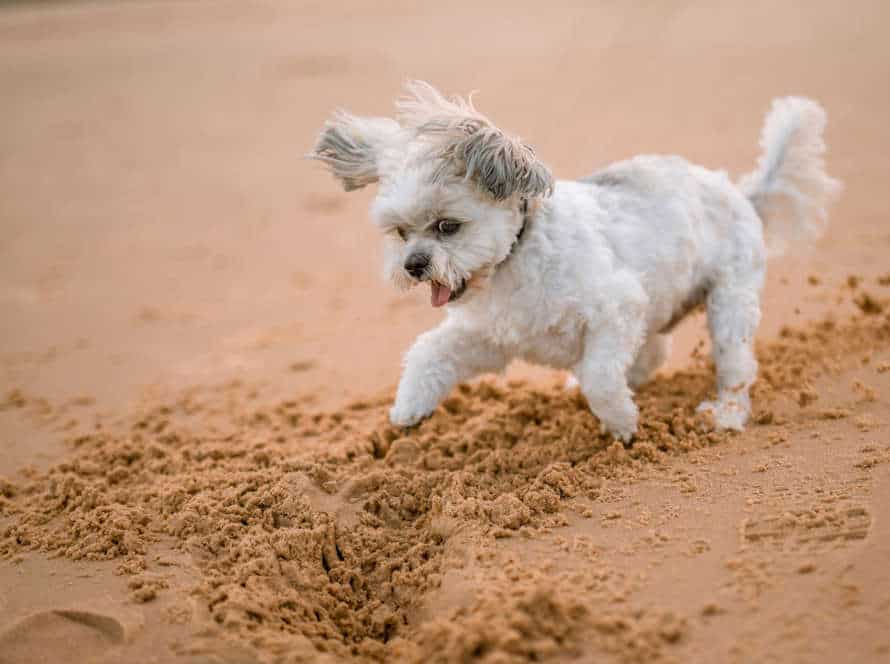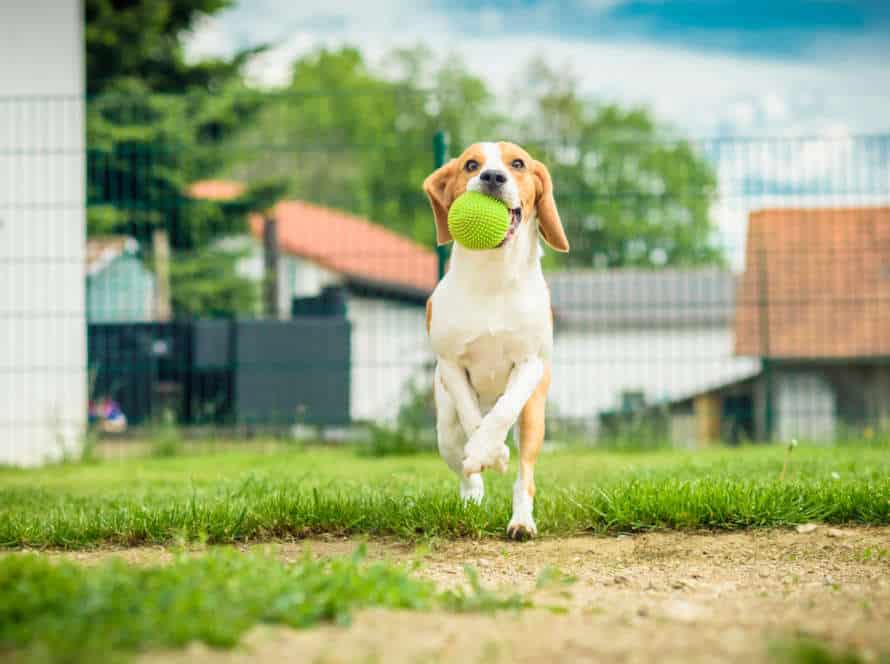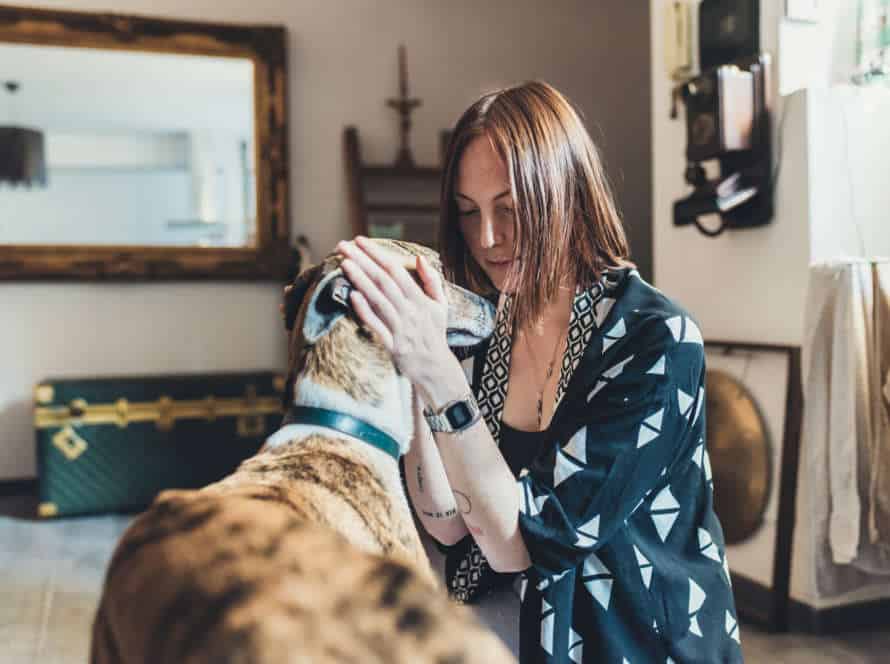Encouraging Independence in Your Puppy
Nurturing autonomy in your pup is vital for their psychological and passionate prosperity. While it is enticing to spoil and fuss over your fluffy companion, it is important to aid them in cultivating self-reliance and trust.
Here are a few approaches to promote your puppy’s independence:
- Render a safe and protected setting for your pup to investigate and have fun on their own.
- Let them make mistakes and learn from them without constant intervention.
- Stimulate them to play autonomously with toys and take part in solo activities.
- Kick off crate training early to assist them in feeling comfortable and secure when alone.
- Bit by bit increase the time they spend alone to help them build endurance and flexibility.
By backing your puppy’s freedom, you will help them become a joyous, sound, and assured adult dog.
Understanding Puppy Development
Puppy development is key for a strong connection with your pup. Knowing what stages your pup goes through is important for a successful and healthy relationship. To help your pup grow, create an environment that encourages independence and strengthens your bond.
Importance of puppy socialization and training
Puppy socialization and training are essential for a pup’s healthy development. Especially between 3-14 weeks, your pup is most receptive to learning and adapting. Socializing during this time helps to avoid future behaviour problems, and builds trust and communication with you.
Additionally, encourage independence in your puppy. This teaches them to content and comfortable when alone, stopping separation anxiety and bad behaviour when you’re not around.
Socializing and training are continuous processes throughout your pup’s life. Addressing behavioural issues and maintaining good habits creates a lifetime of rewarding companionship.
Normal milestones in puppy development
It’s important to know normal puppy development milestones in order to encourage independence.
Birth-2 weeks: Blind, deaf, and unable to regulate body temp.
2-4 weeks: Eyes and ears open, mobile.
4-12 weeks: Primary social bonds, learning communication and socialization skills.
3-6 months: Fear period, sensitive to new experiences, adult teeth.
6-12 months: Sexual maturity, energy levels rise, puppy-like behavior.
Encouraging independence requires:
- Exploring environment.
- Playing with other dogs and humans.
- Gradually exposing to new situations.
Pro Tip: Patience and consistency are key. Don’t rush or force into new situations. Always reward good behavior!
Common behavior problems seen in puppies
Puppies grow and sometimes show off behavior problems. These could range from mild to serious. The right training and socialization can help tackle them. Here are some common issues:
- Separation Anxiety: When alone in a new setting, some puppies have anxiety. To help, gradually introduce them to solitary moments, use positive reinforcement, and give toys or treats.
- Chewing: Puppies like to chew on anything. Prevent this by offering them toys meant for puppies and redirecting their focus.
- Biting: Puppies may bite or nip for play or because of stress. Provide plenty of socialization, interactive playtime, and training that uses positive reinforcement and redirection.
- Begging: Puppies may ask for food while you eat. Train them to wait until mealtime and give food and treats regularly.
Remember: Exercise, socialization, and training can prevent and solve puppy behavior issues. Patience and consistency are key for a content, independent, and well-mannered pup.
Ways to Encourage Independence in Puppies
As puppies get older, independence is key. It helps them better manage anything life throws at them. How can you nurture independence in your pup? Here are some tips!
This article will talk about different methods of encouraging independence in puppies.
Provide a Safe and Secure Environment for your Puppy
Foster independence in puppies to shape their self-assurance and skills to survive on their lonesome. Here are some tips to give your pup a safe and secure environment while permitting their freedom.
- Designate a special area for the puppy with enough room to roam, toys to play with, and a bed to snuggle in.
- Start with short intervals away from the pup then steadily lengthen.
- Progressively introduce the pup to new places, people, and encounters, letting them explore on their own terms while keeping an eye on them.
- Reinforce positive behavior, like successful exploration or tranquil behavior during solo time, with treats and compliments.
With patience and adherence, fostering independence in your puppy can help it grow into a secure and healthy adult dog.
Encourage your Puppy to Explore his Environment
It’s key to give puppies independence for their growth and development. Here are some tips on helping your pup explore their environment and become more independent:
- Stimulate independent play: Provide toys and activities for your pup to engage in alone such as puzzle toys or chew toys.
- Create a safe space: Have a specific area in your home for your pup to go to when they need some time by themselves. This could be a crate or a separate room.
- Practice obedience training: Teach your puppy commands like “come” and “stay” to make them feel confident when discovering their environment.
- Gradual exposure to new surroundings: Introduce your puppy to unfamiliar sights, sounds, and smells slowly. This will help them become more comfortable and independent in different places.
Keep patience and be consistent in your training. Helping your pup be independent will lead to them being a healthy adult dog in the end.
Build Confidence through Interactive Play and Training
Interactive play and training are great for boosting pup confidence and independence. Here are five ways to do it:
- Fetch is a great game for getting puppies running and building their physical confidence.
- Teaching tricks helps pups feel more capable.
- Socializing with other dogs builds confidence and reduces anxiety.
- Puppy classes are great for socialization and exercises to help boost confidence.
- Provide a stimulating and safe environment with toys, puzzles, and chews. Give them a spot to retreat to when they need a break. This helps pups feel more comfortable and confident alone.
Promote Self-Soothing Behaviors
Help your pup develop self-soothing habits! Create a calm environment and encourage solo playtime. Reward them when they display independence and self-soothing behaviors like resting quietly. Don’t overprotect them – let them explore and make mistakes. With patience and consistency, you can promote their independence and confidence.
Teach Basic Commands to Build Confidence
Teaching commands to your pup is a great way to grow their confidence and independence. Such as “sit,” “stay,” and “come.” This gives structure and consistency. Here are some tips:
- Use treats when they do what you want.
- Be consistent.
- Keep training short and upbeat.
- As they gain confidence, make tasks harder.
Pro Tip: Building confidence and independence takes time, patience, and encouragement. With love and consistency, your pup will find their place.
Creating an Independence Training Plan
Dog owners, it’s time to get creative! Create an independence training plan for your pup. It’ll help your puppy to understand how to act and interact with the world. The plan will teach them bravery, resilience and self-sufficiency. How to construct a plan? Here’s how to help your puppy become independent:
- Brainstorm ideas.
- Speak with a professional if needed.
- Implement the plan.
- Encourage independence.
Identifying Goals for your Puppy’s Independence Training
Setting goals for independence training your pup is key to a successful training plan. This will help build their self-reliance.
Here are some goals you can set:
- Encourage them to play alone with toys or treats.
- Teach them commands like “stay” & “wait” to establish boundaries & self-control.
- Expose them to different places, people, & animals to boost confidence.
- Gradually increase the time spent alone for safety & comfort.
By setting goals and having a structured plan, your pup will grow into a confident adult dog. Always reward & praise progress!
Developing a Training Schedule based on your Puppy’s Behavior and Developmental Needs
Creating a training agenda for your pup based on their behavior and developing needs is vital for establishing an independence training plan and promoting autonomy in your furry friend. Different dog breeds have various growing stages, so setting up a program around these periods will help your puppy learn swifter and be independent.
These are some helpful hints to make an effective training schedule for your puppy:
- Find out your puppy’s everyday routine, eating habits, sleeping patterns, and playtime preferences.
- Figure out your puppy’s training necessities, like housetraining, basic obedience training, and socialization.
- Consider the age, breed, temperament, and energy level of your puppy when designing a training schedule.
- Select the training techniques and rewards you will use, such as positive reinforcement techniques, clicker training, etc.
- Divide the training into short sessions, and gradually extend the duration as your puppy masters each ability.
Pro Tip: Stay constant with your training program, and don’t forget to reward your puppy for their progress.
Consistency and Patience are Key to Successful Independence Training
Creating an Independence Training Plan for your pup requires patience, time and a consistent approach. Here are key points to remember:
- Start small – set up a safe area for them to explore by themselves. Gradually increase the amount of time they spend alone in this space.
- Build a routine – be consistent & stick to a daily schedule. This includes feeding, exercising and alone time.
- Reward good behavior – use treats, praise and positive reinforcement when they calmly explore.
- Be patient – this process takes time and can’t be rushed. Stay persistent and your pup will learn to be comfy on their own.
Apply these tips to begin making an effective Training Plan for your pup! This will help them form lifelong good habits.
Common Mistakes to Avoid in Independence Training
Training your pup for independence can be tough. It’s crucial though! People often make mistakes when trying to promote independence in their puppy. Recognizing these mistakes can help the training go smoother and succeed. So, what are the typical errors people make when teaching their puppy independence?
Overprotecting Your Puppy
Providing too much protection to your pup can stop them from becoming a self-confident pup. As a pet parent, you need to find a good balance between keeping your pup safe and also showing them new experiences to help them find their way in the world.
Don’t make these mistakes when teaching independence:
- Don’t constantly pamper your pup– this makes them think the world is scary and they need rescuing whenever they feel nervous.
- Let your pup explore their environment on their own and don’t shield them from new things.
- Give them plenty of toys, puzzles and games to keep them busy and entertained.
- Train with positive reinforcement– reward them when they show courage in unknown situations.
- Be patient and give them a safe, supportive environment to help them learn independence.
Pro Tip: As your pup grows, gradually increase their exposure to different situations and environments to help them gain confidence and independence.
Being Inconsistent In Your Training
Inconsistent training is a mistake when training puppies. Consistency and routine are key for puppies. To avoid inconsistency in training sessions:
- Plan and follow a consistent schedule.
- Use positive reinforcement, not punishment.
- Give clear, concise commands and don’t change them.
- Get all family members to train the puppy together.
- Remember that puppies learn at their own pace.
- If you make a mistake while training, correct it and be more consistent next time.
Pushing Your Puppy Too Hard Too Soon
Don’t push your pup too far, too fast. Set realistic goals and create an atmosphere for them to grow and be independent in a healthy fashion. Here are some ordinary errors to dodge:
- Not giving enough socialization – Present your puppy to various places, people, and other pets. This helps them gain assurance and be independent.
- Hurrying up the training – Allow them to advance at their own speed and gradually increase the period and complication of their independence training.
- Using punishment-based training – Don’t use severe discipline or negative reinforcement. Utilize positive reinforcement like rewards and praise to motivate good behaviour.
- Ignoring exercise and play – Exercise and playtime are essential for your pup’s physical and mental growth, and also help stop behaviour issues.
By avoiding these usual blunders and making a supportive atmosphere, you can encourage your pup’s independence in a healthy, positive way.
Health Considerations for Puppies
Encouraging independence in puppies? It’s important to consider the health. Exercise, rest and nutrition are essential to support their growing bodies. Medical issues can arise from poor puppy care – so watch their physical characteristics closely. Also consider their emotional development. Let’s look at the health-related aspects of encouraging independence in puppies.
Importance of Vet Visits
Vet visits are key for your pup’s health and happiness. They let your vet give vaccinations, detect problems, and prevent illnesses. Here are a few benefits:
- Vaccinations: Pups need a series of shots to protect from diseases. Plus, booster shots as they grow.
- Health Checks: Regular visits can identify health issues, such as lumps, bumps, and abnormal heartbeats.
- Parasite Control: Vets can keep pups safe from fleas, ticks, and worms.
- Dental Care: During visits, vets can check teeth, and recommend care or treatment.
Regular vet visits can also help form a bond with your vet. Pro tip: Schedule ahead and ask any questions.
Proper Nutrition for Your Growing Pup
Ensuring your pup’s nutrition is imperative for their growth and overall health. Here are some health pointers to meet your puppy’s dietary demands and help them become independent:
- Selecting the right food: Make sure your puppy’s diet has all the needed nutrients like proteins, carbs, fats, vitamins and minerals. Choose a good-quality dog food with the right levels of these nutrients that suit your puppy’s breed, age and activity level.
- Eating routine: Puppies have special dietary needs and should eat smaller meals frequently during the day. As they grow, reduce the number of meals, but ensure the total food intake meets their nutritional requirements.
- Supplements: Sometimes, your puppy may require extra supplements such as vitamins, probiotics or minerals. Talk to your vet before giving any supplements to your pup.
Besides supplying a nutritive diet, it’s also essential to aid your puppy’s independence by teaching them healthy habits like self-feeding and eating control. This will promote a long-term healthy connection with food and prevent overeating.
Pro tip: Consult your vet regularly to make sure your pup gets the right nutrition and stays healthy during the growing stages.
Appropriate Exercise for your Pup’s Age and Developmental Stage.
Exercising your pup based on their age and development is key for their long-term health. Different sizes, breeds and stages of development mean different types and amounts of exercise.
Here are some tips:
- 8-12 weeks: Short play sessions and gentle walks around familiar places.
- 3-6 months: Longer walks, playtime, fetch and training.
- 6-12 months: Extended walks, hikes, playing in larger areas and vigorous activities like agility.
Keep an eye on your pup’s exercise. Don’t let them overdo it. Play and exercise also helps with mental and emotional development.
Pro Tip: Talk to your vet before starting any exercises and pay attention to your pup’s individual needs.
Frequently Asked Questions
1. How do I encourage my puppy’s independence?
A: Encouraging your puppy’s independence can be achieved by gradually increasing the amount of time they spend alone, providing them with toys and activities to keep them occupied, and rewarding calm behavior when they are alone.
2. Why is it important to encourage independence in my puppy?
A: Encouraging independence in your puppy helps to prevent separation anxiety and promotes their ability to be confident and comfortable when alone at home or out in public.
3. What can I do if my puppy is struggling with independence?
A: Start by increasing the time they spend alone gradually, and provide them with plenty of mental stimulation through toys and puzzles. Seek the help of a professional trainer or behaviorist if their anxiety persists.
4. At what age should I start encouraging my puppy’s independence?
A: Puppies can start learning to be independent as young as 8 weeks old. It’s important to start training and socializing them early on to build their confidence.
5. Can I leave my puppy alone all day?
A: No, puppies should not be left alone for more than 2-3 hours at a time, as they still require frequent potty breaks and socialization.
6. Should I punish my puppy for being clingy or anxious?
A: No, punishment can actually worsen anxiety and cause behavioral problems. Instead, focus on positive reinforcement and gradual training to build their confidence and independence.

